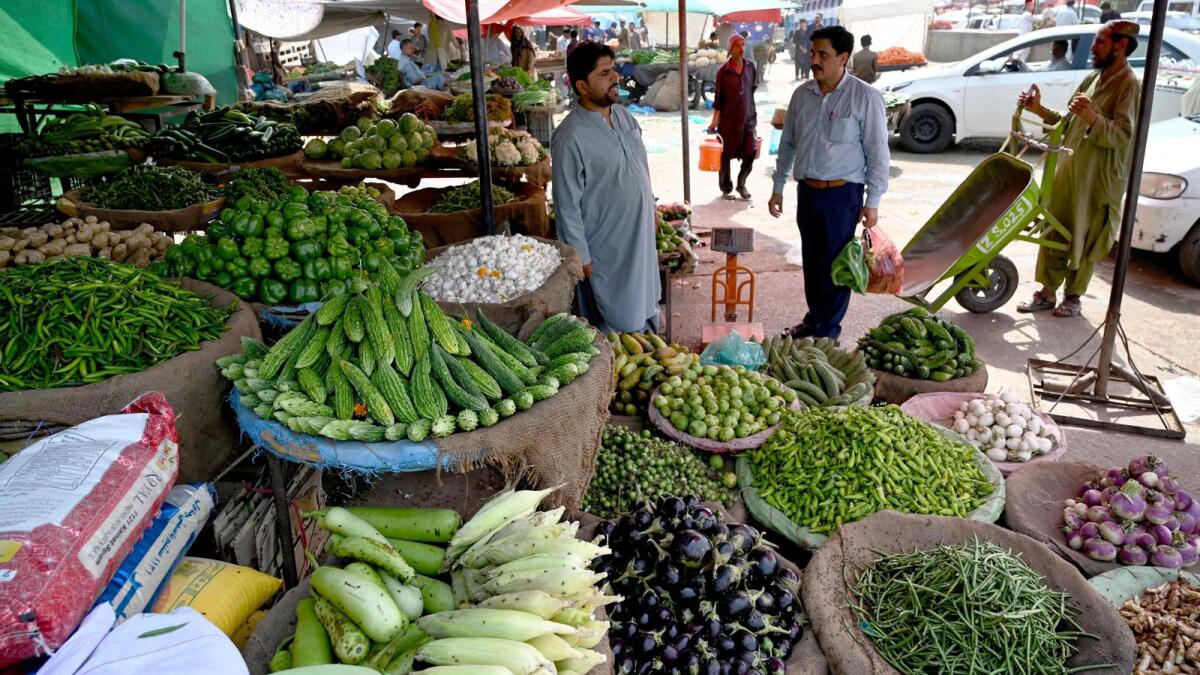The State Bank of Pakistan recently cut its key policy rate by 200 basis points to 17.5 per cent, the third consecutive reduction since June. This move comes as the country aims to boost growth amidst easing inflation. With inflation falling to single digits in August for the first time in nearly three years, many were expecting a 150 basis points cut, making the larger cut a pleasant surprise for many. The bank attributed the faster than expected disinflation to delays in energy price increases and declining global oil and food prices.
In June and July, the bank had already made cuts of 150 and 100 basis points respectively, bringing the rate down from a record high of 22 per cent. Pakistan’s annual consumer price inflation rate also dropped to 9.6 per cent in August from a peak of nearly 40 per cent in May 2023. The goal is to bring inflation down further to the medium-term target of 5-7 per cent to ensure macroeconomic stability, which in turn will drive sustainable economic growth over the medium term. The bank is optimistic that average inflation for the fiscal year ending mid-2025 may fall below the previous forecast range.
Since last summer’s financial crisis that nearly led to a default, economic indicators have shown signs of stabilization, thanks to a bailout from the International Monetary Fund. However, concerns have emerged once again as the IMF board has yet to approve a new $7 billion three-year program for Pakistan, which includes the condition of boosting external financing. The central bank’s forecasts rely on timely foreign inflows and continued fiscal responsibility by the government.
The government had initially anticipated board approval from the IMF in August, but the issue has not yet made it to the IMF board’s agenda. Nevertheless, the central bank governor expressed confidence that external financing needs have been met and that the IMF program approval is likely in September. He also expects foreign exchange reserves to rise above $12 billion by March, up from the current $9.5 billion. This increase is expected to come after the IMF gives the green light to Pakistan’s program, boosting investor confidence in the country’s economy.
The decision to cut the policy rate reflects the central bank’s confidence in the country’s economic outlook and its ability to manage inflation while supporting growth. The ongoing efforts to stabilize the economy after the recent financial crisis demonstrate a commitment to ensuring long-term sustainability and prosperity for Pakistan. With the potential for further reductions in inflation and positive forecasts for foreign inflows, the future looks promising for Pakistan’s economy, paving the way for sustained growth and development in the years to come. By adopting prudent fiscal policies and maintaining positive real interest rates, Pakistan is positioning itself for a more stable and prosperous economic future.










